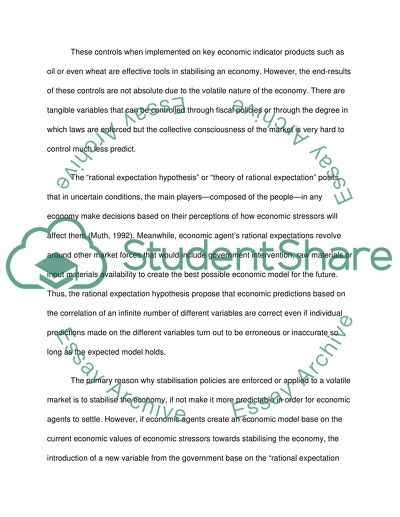Cite this document
(“Lucas-Phelps model Essay Example | Topics and Well Written Essays - 1000 words”, n.d.)
Retrieved from https://studentshare.org/environmental-studies/1404793-lucas-phelps-model
Retrieved from https://studentshare.org/environmental-studies/1404793-lucas-phelps-model
(Lucas-Phelps Model Essay Example | Topics and Well Written Essays - 1000 Words)
https://studentshare.org/environmental-studies/1404793-lucas-phelps-model.
https://studentshare.org/environmental-studies/1404793-lucas-phelps-model.
“Lucas-Phelps Model Essay Example | Topics and Well Written Essays - 1000 Words”, n.d. https://studentshare.org/environmental-studies/1404793-lucas-phelps-model.


